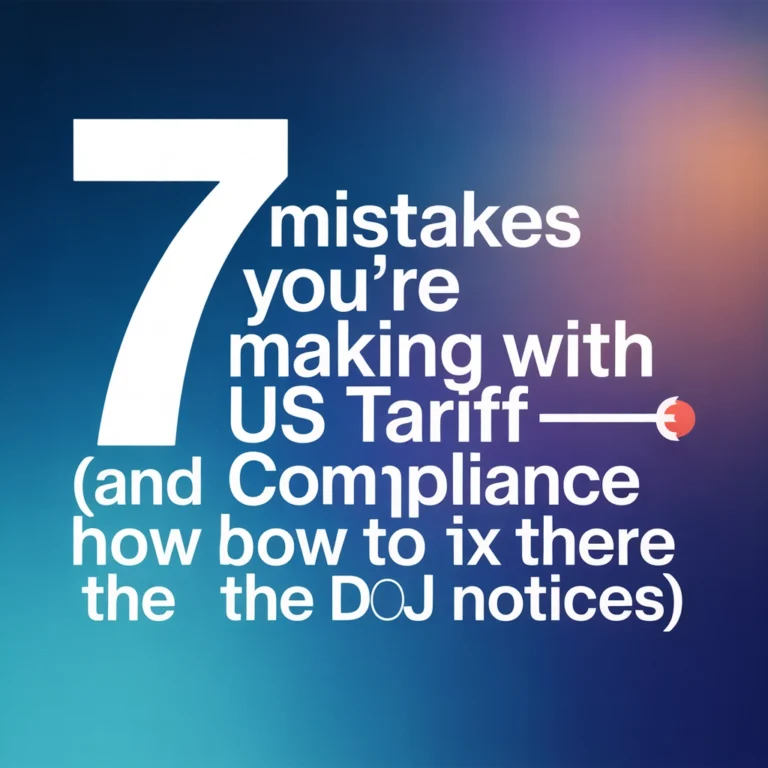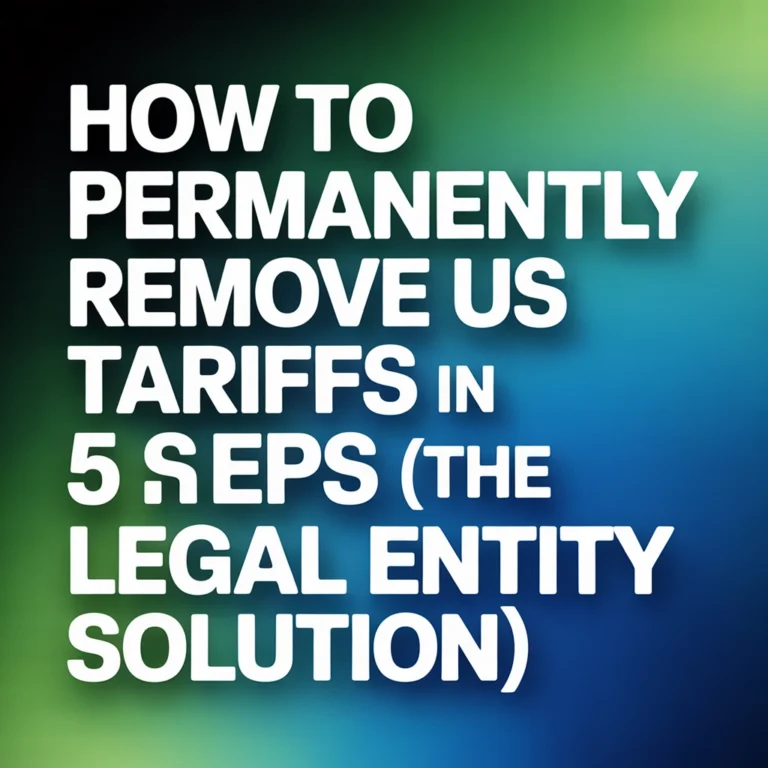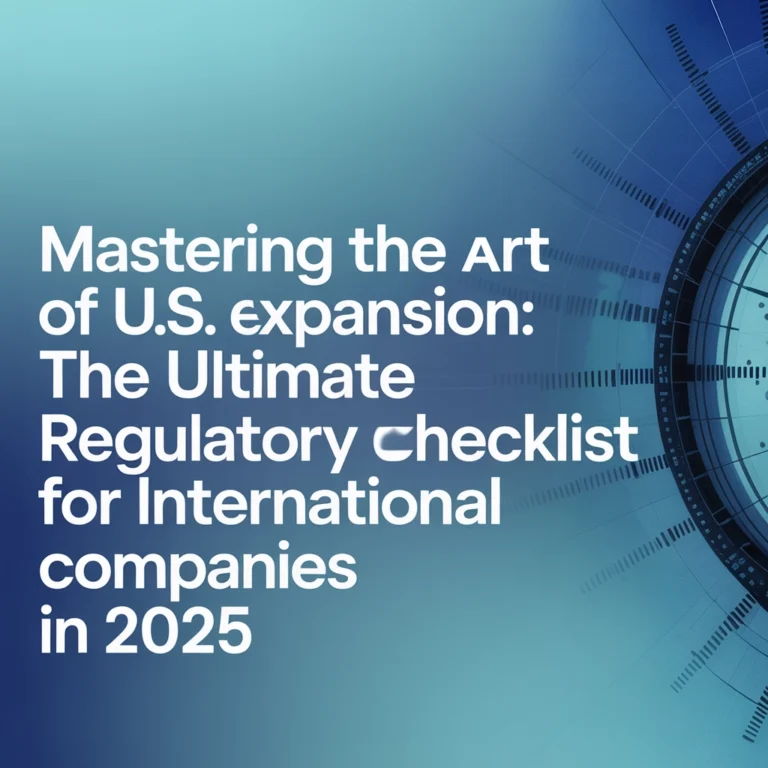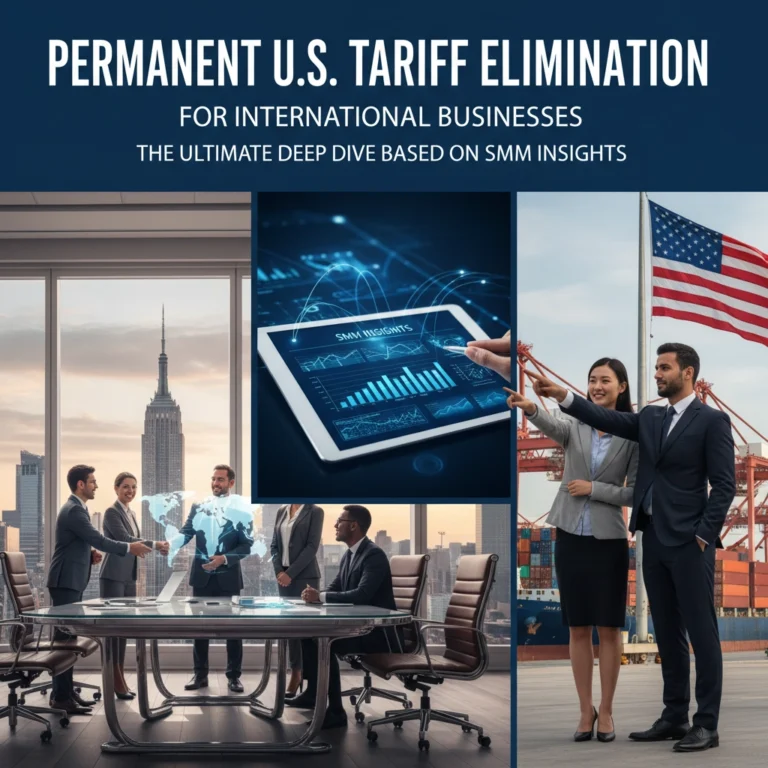Transshipment Penalties Explained in Under 3 Minutes: Why That Extra 40% Tariff Could Crush Your Business
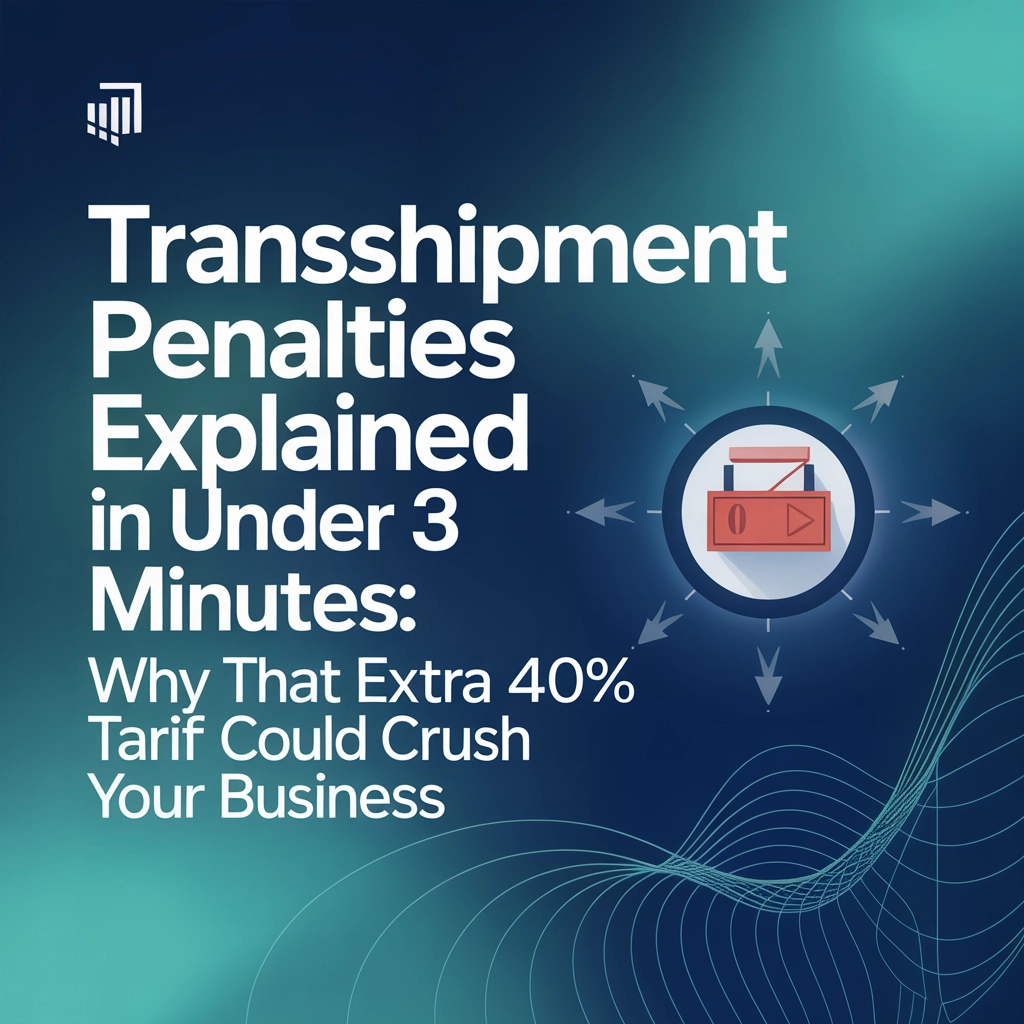
One wrong shipment route could bankrupt your business overnight. That's not hyperbole: it's the harsh reality of the new 40% transshipment penalty that's already crushing unprepared companies across America.
If you're importing goods and haven't heard about this enforcement bombshell, you're playing with financial fire. Here's everything you need to know about transshipment penalties, why they're so dangerous, and how to protect your business before CBP comes knocking.
What Exactly is Transshipment (And Why CBP Cares So Much)
Transshipment sounds complicated, but it's actually pretty straightforward. It's when your goods travel from Country A to the U.S. but make a pit stop in Country B along the way.
Sometimes this is totally legitimate: maybe your shipping route is more cost-effective, or you need to consolidate cargo. That's fine. CBP doesn't care about legitimate logistics decisions.
What gets you in massive trouble is circumvention transshipment: deliberately routing goods through third countries to dodge higher tariffs. Think Chinese products "magically" becoming Vietnamese exports, or steel from high-tariff countries suddenly showing up with Mexican origin certificates.
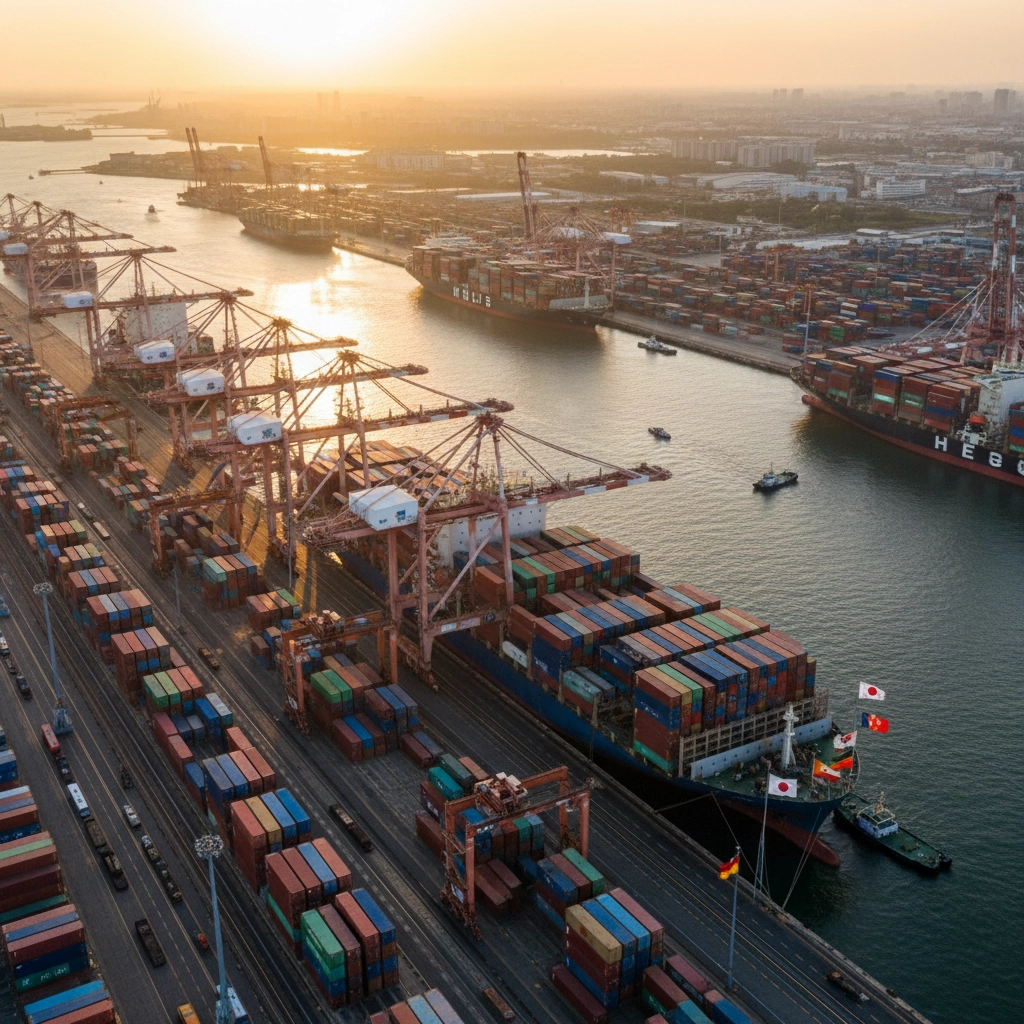
The most common tricks CBP sees:
- Simple relabeling of products to fake their origin country
- Minimal processing in low-tariff countries (like slapping on a "Made in Vietnam" sticker)
- Using shell companies in transshipment hubs to obscure the real manufacturing source
- Routing through multiple countries to muddy the paper trail
Here's the thing: CBP has gotten really, really good at catching these schemes.
The 40% Penalty That's Crushing Businesses
On August 7, 2025, President Trump dropped the hammer with a 40% penalty tariff on circumvention transshipment. This isn't just another trade policy tweak: it's a business-killing enforcement mechanism.
Here's how the math works (and why it's so terrifying):
Regular scenario: Your widgets normally face a 10% tariff = $10,000 on a $100,000 shipment
Circumvention caught: Original 10% + 40% penalty = 50% total = $50,000 on the same shipment
That extra $40,000 hit comes straight out of your profit margins. For most businesses, that's enough to wipe out months of earnings on a single container.
But here's the truly scary part: CBP cannot reduce, waive, or negotiate this penalty. Zero discretion. Zero mercy. If they determine you've engaged in circumvention, you're paying the full 40%, period.

How CBP's Detection System Works (It's Scarier Than You Think)
CBP uses sophisticated AI and data analytics to spot suspicious shipment patterns. Their red flag system looks for:
Volume Anomalies: Sudden spikes in imports from countries that don't typically manufacture your products. If Vietnam's textile exports to the U.S. jump 300% right after new China tariffs hit, CBP notices.
Routing Red Flags: Goods taking illogical shipping routes. Why would Korean electronics go through Malaysia before reaching Los Angeles? CBP wants to know.
Documentation Inconsistencies: Mismatched paperwork, vague origin certificates, or suppliers who can't prove actual manufacturing locations.
Economic Logic Tests: They ask simple questions like "Can this tiny factory in Vietnam really produce 50,000 widgets per month?" If the numbers don't add up, you're in trouble.
CBP can demand detailed supplier affidavits, factory inspection reports, and complete manufacturing documentation. If you can't provide bulletproof evidence of legitimate origin, you're facing that 40% penalty.
The Supply Chain Documentation Nightmare
The "substantial transformation" test that determines country of origin has become a compliance minefield. Unlike clear-cut rules (like Vietnam's 30% local content requirement), U.S. standards rely on subjective criteria about whether goods acquire a "new name, character, or use."
This vagueness creates massive compliance risks. What CBP considers "substantial" transformation might be different from what your trade attorney advised. And with a 40% penalty on the line, guesswork isn't an option.
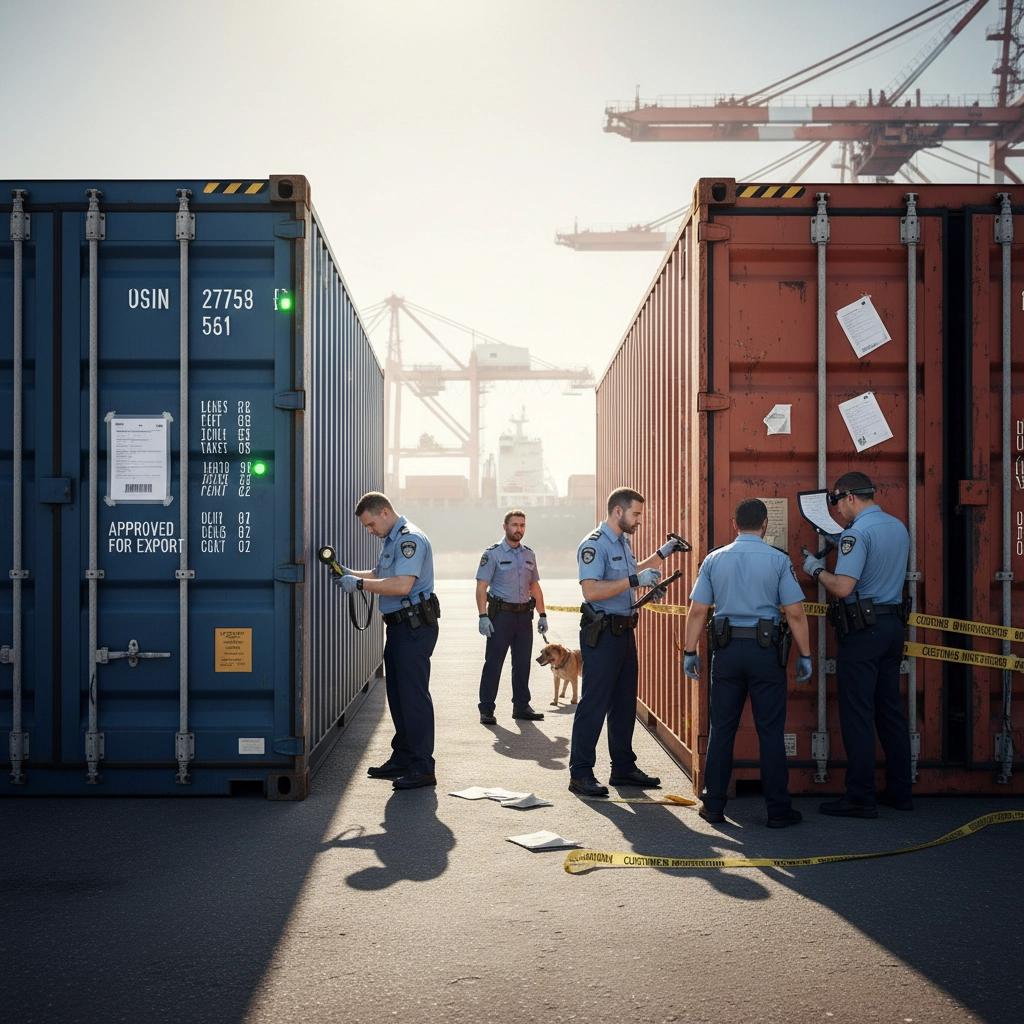
Real Business Impact Stories
Case Study 1: A mid-sized electronics importer got hit with $2.3 million in penalties after CBP determined their "Malaysian" components were actually Chinese products with minimal processing in Malaysia.
Case Study 2: A furniture company faced bankruptcy when CBP applied the 40% penalty to an entire quarter's worth of shipments, wiping out their operating capital.
Case Study 3: A textile business thought they were safe using a legitimate Vietnamese manufacturer: until CBP discovered the fabric was being imported from China and only sewn in Vietnam.
These aren't isolated incidents. They're the new normal for businesses that haven't adapted to the enforcement reality.
Your 5-Step Protection Plan
Step 1: Audit Your Current Routing
Map every step of your supply chain. Document actual manufacturing locations, not just shipping points. If you can't prove where your goods are really made, you're vulnerable.
Step 2: Strengthen Supplier Documentation
Demand detailed manufacturing affidavits from all suppliers. Get factory certifications, production records, and material sourcing documentation. Make origin verification a contract requirement.
Step 3: Implement Real-Time Tracking
Use supply chain visibility tools to monitor shipments from factory floor to U.S. port. Any unexpected route changes should trigger immediate investigation.
Step 4: Update Your Contracts
Add origin-warranty clauses to agreements with suppliers, freight forwarders, and logistics providers. Make circumvention violations their financial responsibility, not yours.
Step 5: Create a Compliance Response Team
Designate specific personnel to handle CBP inquiries and maintain documentation. When CBP comes asking questions (and they will), you need immediate, professional responses.

The October 5th Grace Period Window
Here's some good news: products already in transit before October 5, 2025, may receive grandfather protection under certain Executive Orders. But don't count on extensions: CBP is applying the penalty to all goods imported after August 7, 2025.
This means you have a narrow window to restructure supply chains and ensure compliance before facing these crushing penalties.
Why This Changes Everything
The 40% transshipment penalty represents a permanent shift in customs enforcement philosophy. CBP has moved from reactive auditing to proactive prevention, using AI and data analytics to catch violations before goods even reach U.S. ports.
This isn't a temporary trade war tactic: it's the new enforcement baseline. Companies that treat this as a passing policy will find themselves extinct while competitors who adapt will dominate their markets.
The message is crystal clear: robust origin verification and supply chain transparency are no longer optional business practices. They're survival skills.
Don't Wait Until It's Too Late
Every day you delay compliance puts your business at risk. CBP's enforcement machinery is already running at full speed, and the 40% penalty doesn't care about good intentions or ignorance.
If you're concerned about your supply chain compliance or need help navigating these complex regulations, don't try to figure it out alone. The stakes are too high and the penalties too severe.
Your competitors who are already compliant aren't losing sleep over CBP audits. They're winning market share while non-compliant businesses struggle with penalties that could have been avoided with proper planning.
The choice is yours: adapt now, or explain to your creditors later why a preventable penalty destroyed your business.

